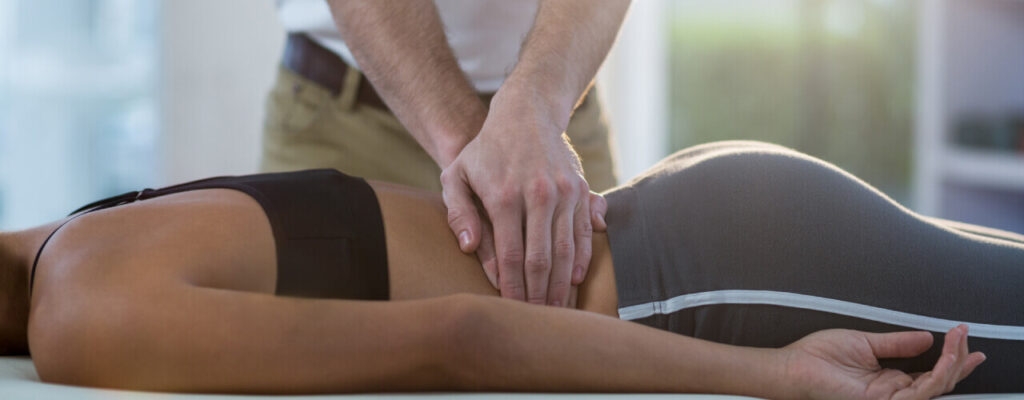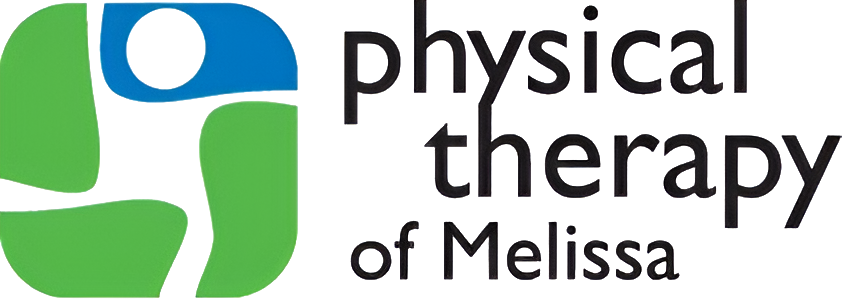
Avoid these five running mistakes during 5k season
Did you know the spine is made up of twenty-four bones? It’s true! Of these twenty-four bones, five bones are found in the lower back. The spine also contains nerves and intervertebral discs in addition to these bones. Because the spine is such a complicated component of the body, discomfort might arise from time to time.
Pain can sometimes be the result of an underlying problem, such as a herniated disc. A herniated disc can occur anywhere along the spine, although the lower back is the most specific location. This condition occurs when the jelly-like nucleus of an intervertebral disc protrudes. If the disc’s cell wall isn’t strong enough to keep the nucleus in place, it can push through the outer ring and bulge.
Lower back pain, ranging from moderate to severe, is one of the first symptoms of a herniated disc. In addition to this, you may also notice weakness, numbness in the legs, or sharp and shooting pains.
In some severe cases, patients have also reported losing their bladder control as a result of a herniated disc. All of these symptoms are worth paying attention to. If you are experiencing back pain and think it may be caused by a herniated disc, contact Physical Therapy of Melissa in Melissa, TX today to schedule an appointment with us and assess your condition.
Causes of herniated discs
Although there are several reasons herniated discs can occur, including injuries, herniated discs are typically associated with aging. Our spine begins to wear down and become more brittle as we grow older. This is known as “disc degeneration.”
When we’re young, the water content of the discs in our spine is high, but as we become older, the water content declines. Our discs will shrink as a result of this.
Other variables that can increase your chance of a herniated disc include:
- Being male.
- Engaging in improper lifting techniques.
- Engaging in a sedentary lifestyle.
- Being overweight.
- Being between the ages of 20-50.
- Driving frequently.
Signs you may have a herniated disc
If you suspect you have a herniated disc, make an appointment with your primary care physician. Your doctor will do a physical exam to check muscle strength and sensitivity, as well as a neurological exam to determine if your disc is herniated.
A magnetic resonance imaging (MRI) scan may be used to confirm the diagnosis if your doctor suspects your disc is herniated. Your doctor will next devise a treatment plan for you, most likely including physical therapy for pain management.
Finding relief through physical therapy
Your physical therapist will design a treatment plan tailored to your specific needs. This will begin with passive treatments such as manual therapy, traction, ice and heat therapies, ultrasound, electrical stimulation, or hydrotherapy to relieve pain and enhance function.
After your passive treatments are finished, active treatments will commence. This could include back-strengthening core exercises, stretching, and flexibility activities to improve range of motion, and any other muscle-strengthening exercises recommended by your physical therapist.
In addition to these exercises, your physical therapist will advise you on any lifestyle modifications that they think may help you avoid future pain and injury.
Relief from physical therapy does not happen overnight like magic! Physical therapy requires you to do the work. If you want to see true results and experience the most benefit from your treatment, you must stick to your treatment program. Do your best to practice the exercises your therapist gives you to perform at home, and attend appointments regularly so that you do not lose progress!
Call our clinic today for an appointment
Look no further if you desire a natural, safe, and non-invasive way to treat your herniated discs. You can toss your medications into the trash and tell your doc to hold off on the expensive surgery because, with physical therapy, you may not need either of these any longer!
Our physical therapy clinic is equipped with the best resources and methods for helping you recover and get back to your life. Call us today to get started on the first steps toward relief!
